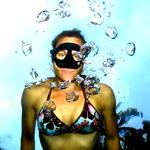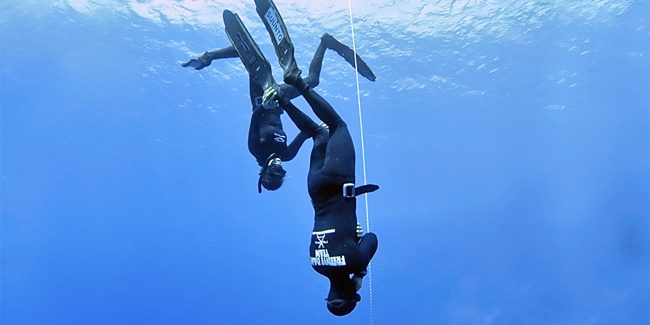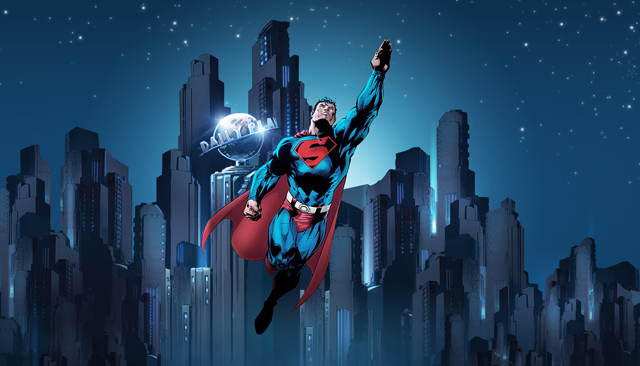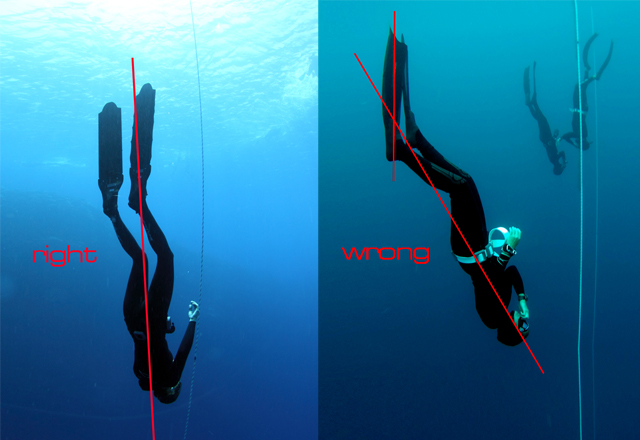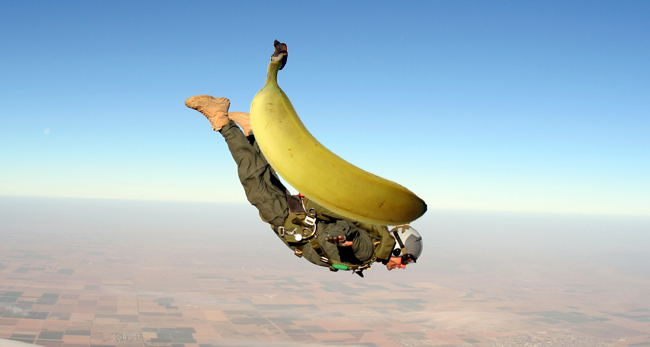If you search “freefall” on Instagram or Google images, not one single photo of freediving comes up, but instead you scroll down through hundreds of photos of skydiving jumps.
Maybe the reason why freefalling is not so immediately associated with freediving is just because in the eye of the public this is not one of the defining aspects of our sport. When people think about freediving they think of depth, breath-hold time, monofins, sled propelled dives, but not so much about freefalling.
However, when we teach freefalling to students during advanced courses they usually all have this look of amazement during their first real freefall, because even though we explain it to them beforehand, they don’t really get what a huge breakthrough this is until they can actually feel it.
But what is freefalling?
When freediving in open water, a freediver needs to be positively buoyant at the surface and neutrally buoyant between 10 and 15 meters. This means that he/she will wear a weight belt so to be floating up if he/she were to stop swimming in the first 10/15 meters from the surface.
Once the freediver passes the neutral point, he becomes negatively buoyant and will start sinking.
Why is that so great? Well if you sink it means that you don’t have to swim, and that your leg muscles (or arm muscles, depending on which discipline you are practicing) don’t have to flex and burn oxygen. This automatically translates in potentially much longer and deeper dives.
But just sinking is not enough. You will need to sink efficiently in order to maximize your speed and use freefalling as a replacement for swimming down.
In the clip below Remy Dubern, who was my training buddy last year, while practicing freefalling and streamlined position on shallower dives as a preparation for a competition.
Some useful tips
To freefall efficiently your body needs to be streamlined.
Now, ideally you should be as straight as possible (that’s why missiles and torpedoes have a cigar shape instead of being round!); on the other hand for the human body to be very straight requires a lot of energy in the form of muscle tension.
Superman for example is very streamlined in this photo, but look at how he needs to flex all his sexy muscles! Extreme streamlining only works for superheroes, and not so well for freedivers. So even though it creates some drag it’s far better to relax your shoulders and keep your arms along the sides instead of pointing down.
The hardest thing to master is the leg position: relax your legs so that they are a bit bent at the hip level ans so that your fin’s blades are in line with your body (if not you will freefall at an angle and against – or away from – the dive line.
However if your legs are too relaxed they will fall ‘backwards’, behind your body’s center line, and they will also tend to fall open, which will slow you down even more. In fact this is the position skydivers use to freefall in the sky, and the reason why they do that is to slow down and stabilize themselves.
At Freedive International we affectionately call this the ‘Banana Position’ and here you can see why!
These are only some examples of the common mistakes freedivers make during the learning process; the help of a knowledgeable instructor is invaluable to overcome all the possible posture mistakes during the freefall, and avoid building bad habits which are very difficult to get rid of later.
The freefall is not something you can learn in one day. Once you practice a few dive sessions with your instructor, you will still need to spend some practice time in the water to make it work.
Like they say, practice makes perfect.
By Linda, enthusiastic freefaller and 15 times italian record holder in all depth disciplines. Photo credits: Jacques De Vos, Wikimedia
